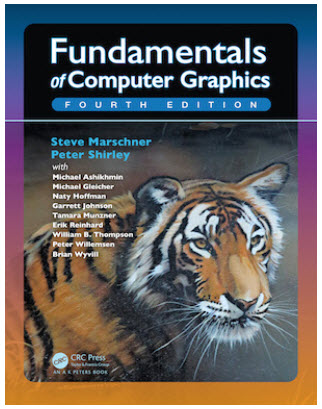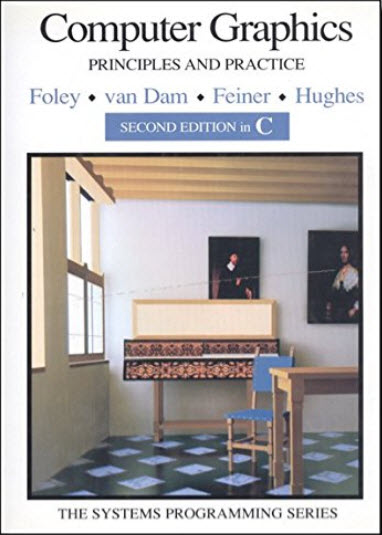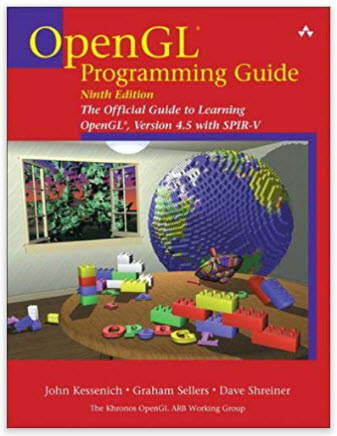Specific skills as outcomes of the course include:
- An understanding of the graphic system and graphics pipeline (input devices, scan
converstion,
graphics storage, graphic processing unit, output devices, graphics pipeline and shaders)
- An understanding of 3D viewing (projections, geometric/graphics transformations)
- An ability to use appropriate data structures (face-table based, winged-edge data
structure,
scene graphs) to represent 3D objects and to manage 3D data and building
3D models
- An ability to apply appropriate techniques (overwriting, Z-buffer, scan-line method,
BSP-tree
method) to illiminate hidden lines/surfaces in 3D rendering process
- An ability to apply appropriate techniques (Gouraud shading, Phong shading,
shadow volume
method, shadow map method) to shade objects and to create shadows in the
rendering process
- An ability to using appropriate mapping techniques to create textures for objects
in the rendering
process
- A fluency in graphic and shader programming using OpenGL as the supporting graphic
system.
These course learning outcomes support the following program outcomes:
- Outcome (a): An ability to apply knowledge of computing and mathematics
appropriate
to the discipline;
- Outcome (b): An ability to analyze a problem, and identify and define the
computing
requirements appropriate to its solution;
- Outcome (c): An ability to design, implement and evaluate a computer-based
system,
process, component, or program to meet desired needs;
- Outcome (j): An ability to apply mathematical foundations, algorithmic
principles, and
computer science theory in the modeling and design of computer-based systems
in a way
that demonstrates comprehension of the tradeoffs involved in design choices;



